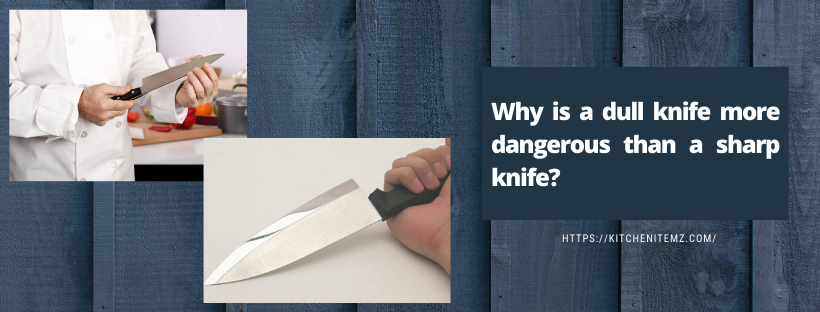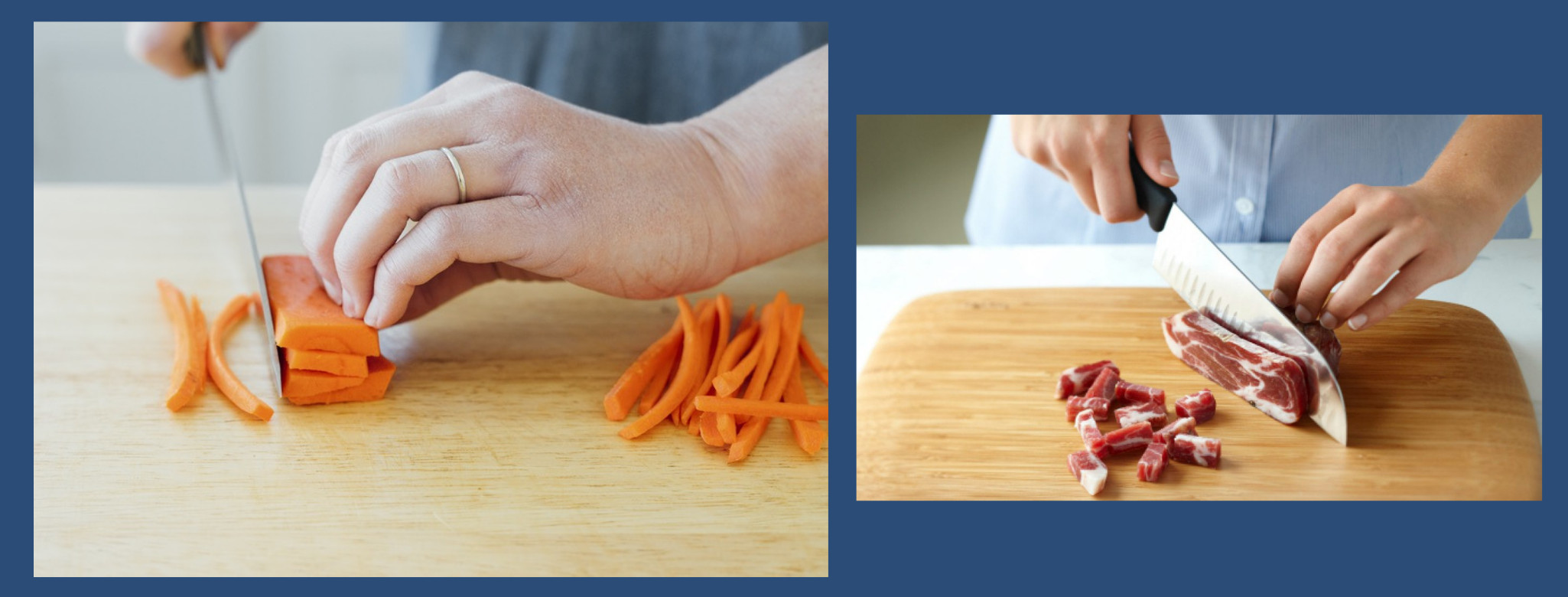
Knife Safety in the kitchen- why are dull knives dangerous
Knives are essential for cutting various things in the kitchen. It does not matter whatever knives you are using like a boning knife, filleting knife, chef knife, or bread knife. A dull knife is usually risky for various reasons. Utilizing a flat blade can cause danger at any time. A little ignorant can cause serious harm. So should be cautious about using a dull knife. Even if you are still utilizing a dull knife; to develop your knife’s performance, you may use an electric knife sharpener. A Sharpening stone kit and sharp steel also can be a simple solution during this case. A dull knife usually requires excess pressure to cut things off, and that’s why people fail to estimate how much weight they need. Most of the time, accidents happen, and people cut off their hands.
Why are dull knives more dangerous in the kitchen?
Below are some explanations for health and knife safety in the kitchen that will help you understand why a dull knife should not use in the kitchen.
Health and Knife Safety in the kitchen- why dull knife should not use
Numerous reasons will drive you not to utilize blunt knives. However, this selected list will provide a general idea about a dull blade’s risks and the benefits of a pointy knife. To avoid undue danger in your work, you must carefully study the explanations.
Avoid slipperiness:
A dull knife is slippery, and you can cut your hand any time by accidentally fall back. Usually, people cut their hands by using a blunt blade. To prevent an accident in your work, you have to avoid a dull knife. Significantly you ought to not utilize a flat edge for knife safety in the kitchen.
More diligence is needed:
Utilizing a dull knife requires tons of pressure and persistence to chop anything. Usually, people may not recognize the problem, but you should avoid a dull knife to prevent unwanted accidents. When your blade isn’t sharp, you would like to pressurize your edge to chop the items. This way may cause an accident. So, experts always recommend avoiding dull knives.
Knife control:
To properly control your knife, you need a pointy knife that cuts off products with less weight. Maximum people fail to regulate the blade due to its bluntness. Most times, you cannot get the proper performance with a dull knife. So employing a sharp knife is good, which will make your cutting perfect and smooth.
Stay away from injury:
Your finger is the primary goal of a knife. Usually, once you use a dull knife, it does hurt. So you have to keep away from the flat blade. And bend your fingers in and hold the cutting material with fingertips while chopping. It would help if you avoided a dull knife to remain far away from your finger’s injury. Utilizing a flat blade can injure your finger in various ways. So you are encouraged to evade the blunt knife.

Increase the curves:
Most of the dull blade gets more bends on its surface that does not cut things appropriately. So need extra force to chop the items and bends increases more. That is a traditional reason behind cutting your hand or finger.
Lose work mobility:
A dull knife requires more extended than a pointy knife to chop an equal thing. Thus, employing a dull knife always slows down the work. This is another reason why you ought to use a pointy knife to chop things appropriately. You should avoid using dull knives to urge faster performance.
Cuts from Sharp Knives Heal Faster
What happens once you accidentally cut yourself with a pointy knife? The injury is generally worse than a dull knife, you will argue.
The fact is that cutting from a pointy knife can cure faster than a dull knife. Here is an analysis from someone who has no medical skills: A dull knife makes wider and sharper cut within the skin. The wider the cut, it takes more time to repair the skin and tissues. However, the sharp knife can cut deeper, but the cut is typically neat and narrow.
Final Verdict: The most common problems with using dull knives are described above. Although an accident does occur, the knife’s safety depends on the person’s use, not the sharpness of the blade. However, if you are trying to reduce the injury, keep in mind that the right technique is essential, and a sharp knife is a safe knife.



One Response